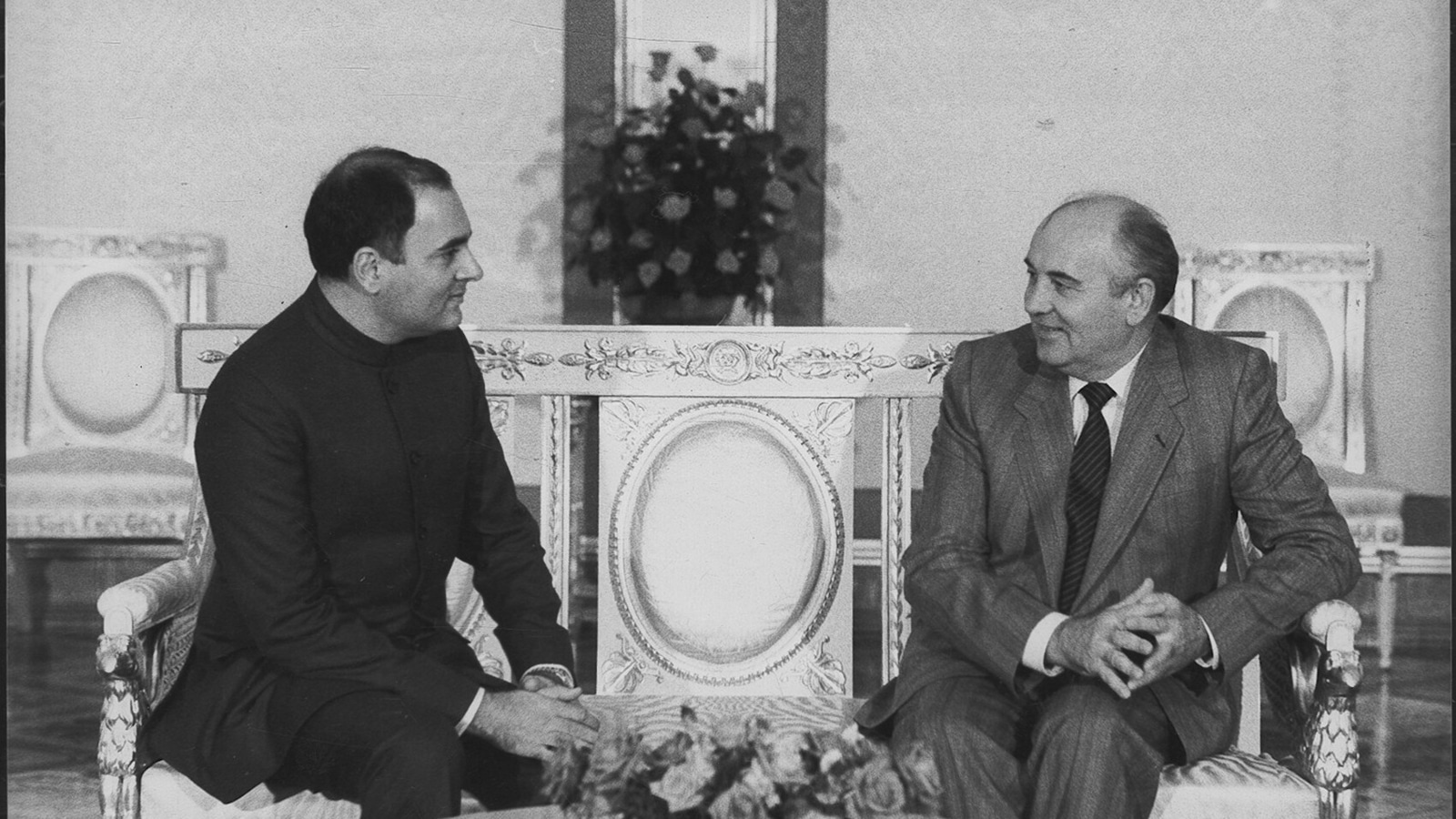 How Mikhail Gorbachev & Rajiv Gandhi formed civil, army nuclear cooperation | World Information
[ad_1]
How Mikhail Gorbachev & Rajiv Gandhi formed civil, army nuclear cooperation | World Information
[ad_1]
Mikhail Gorbachev, the final chief of the Soviet Union who died on Tuesday, shared a straightforward rapport with late Prime Minister (PM) Rajiv Gandhi, and the 2 leaders laid the inspiration for essential civil and army nuclear cooperation between Russia and India.
Gandhi made his first go to overseas as PM to the erstwhile Soviet Union in Might 1985, at a time when the youthful PM was being courted by each Moscow and Washington. The 2 leaders acquired alongside very properly when Gandhi once more visited Moscow in July 1987, spending greater than six hours in one-to-one discussions.
The Kudankulam nuclear energy plant in Tamil Nadu was the result of an inter-governmental settlement signed on November 20, 1988, by Gandhi and Gorbachev through the Soviet chief’s second go to to India. On the time, the settlement coated the development of solely two 1,000-MW items and this was subsequently expanded to 6 reactors.
This was lengthy earlier than the India-US Civil Nuclear Cooperation Settlement of 2006, which led a waiver from the Nuclear Suppliers Group (NSG) in 2008 that allowed India to civil nuclear know-how and gas from different international locations. Nonetheless, the Kudankulam settlement was stalled for a while due to the breakup of the Soviet Union and revived later by the brand new Russian authorities.
Russia, as a member of the NSG, confronted challenges in implementing the 1988 settlement because the suppliers’ group modified its pointers in 1992 to make it obligatory for non-nuclear weapon States – as India was on the time – to just accept full-scope safeguards for nuclear actions.
Within the face of strain from Western international locations, Russia argued that the 1988 settlement predated the 1992 pointers and thus, they weren't relevant, and went forward with the development of the Kudankulam plant.
A declassified Soviet report on Gorbachev’s 1988 go to to India, now held on the Wilson Heart, states the conclusion of a number of inter-governmental agreements, together with the one on cooperation in development of a nuclear energy plant in India, “created additional beneficial alternatives”.
What is maybe much less well-known is the work finished by Gandhi and Gorbachev to assist India construct a nuclear-powered submarine. The mission, which was given the codename “Superior Know-how Vessel” (ATV) by the Indian Navy, remained categorised for near 20 years and was not even formally acknowledged by the Indian authorities for lengthy.
A letter written in 1989 by Gandhi to Gorbachev, additionally now held by Wilson Heart, sought the Soviet chief’s private intervention on behalf of the mission to construct the nuclear-powered submarine in India.
Gandhi, who was assassinated by a Liberation Tigers of Tamil Eelam (LTTE) suicide bomber whereas on the verge of a political comeback in 1991, recalled his dialog with Gorbachev on the problem of the atomic submarine throughout a go to to Moscow in July 1989 and wrote: “The progress of this plan has been delayed due to our incapability to come back to an understanding on the primary arms set up for this submarine. After we most popular the native Indian plan for this set up, the Soviet specialists declared their concern concerning the safety of this set up.
"On the time of his go to in India Academician Igor Dmitrevich Spaskii assured me that on the similar time when he was content material with the progress on the planning and development he was satisfied that in consideration of safety, will probably be vital to change the reactor plan.”
He added, “I ask to your private intervention, as a result of the deadlock [over] this facet of this system has held up the mission for over a yr. I additionally advocate the Counselor of the Indian Ministry of Protection for Science and Know-how...to go to the Soviet Union with a purpose to work out the main points with the help of the related Soviet specialists by means of a political directive, which is able to enable a decision of the issues awaiting a solution.”
Although little was recognized of the mission on the time, it has subsequently emerged that Russian consultants performed a key function in advising and guiding the Indian facet on the miniaturisation of a nuclear reactor to suit it inside the hull of the submarine. This was one of the complicated processes within the ATV mission.
India launched INS Arihant, the primary of a category of strategic strike nuclear submarines, in 2009 and the vessel was commissioned in 2016 after intensive trials.
[ad_2]




0 comments